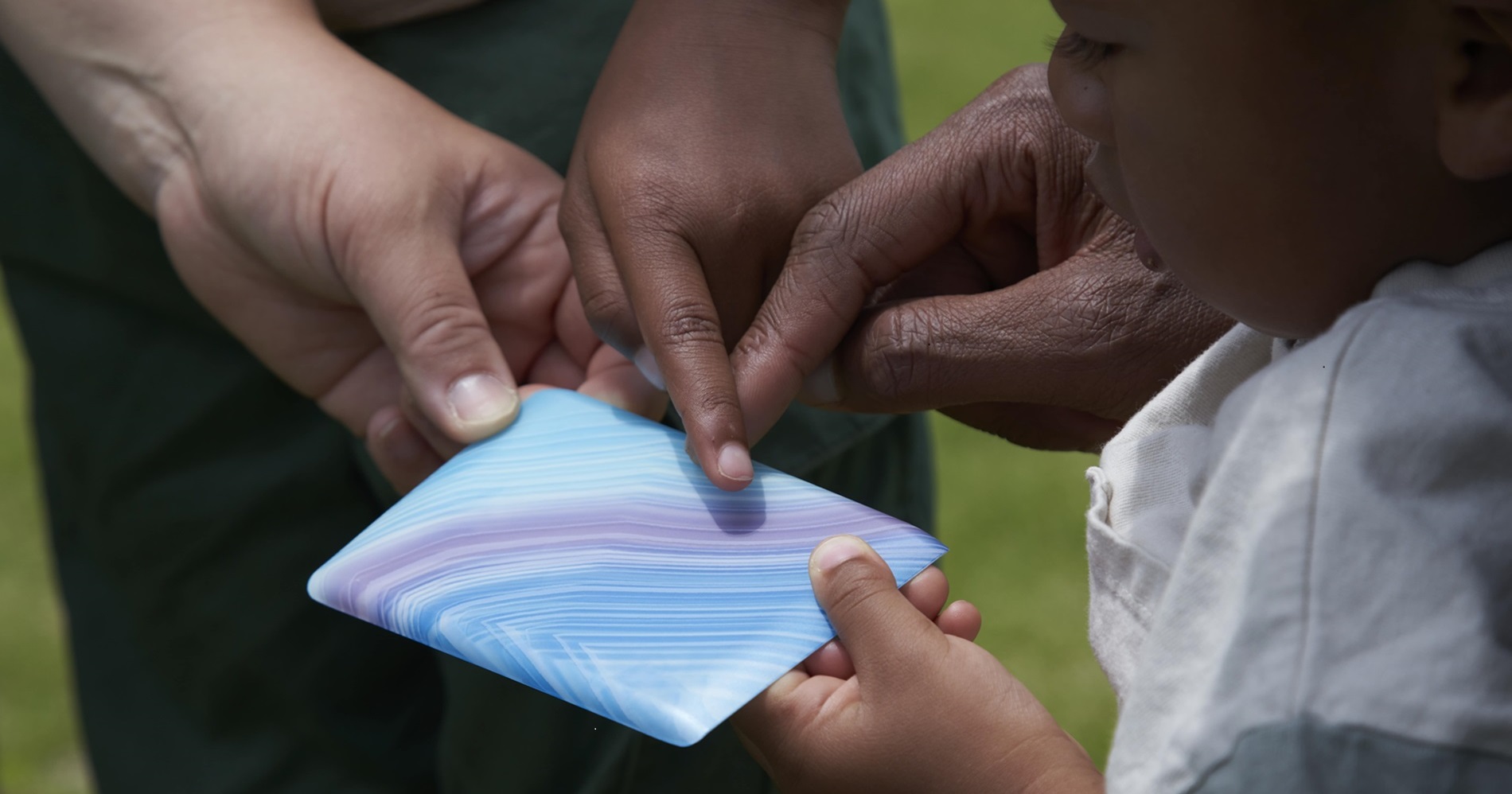
Improving the Recyclability of Mobility Plastic Parts

As global warming becomes a critical issue, reducing CO2 emissions has become a worldwide challenge. The mobility industry is taking various measures, with the promotion of recycling automotive parts being one of the key initiatives. However, when it comes to plastics, even in Europe, which is an advanced region in terms of environmental conservation efforts, the recycling rate remains low and is a subject of concern.
This article will focus on plastics used in mobility and explain the legal regulations and trends in the mobility and related industries aimed at improving recyclability.
EU ELV Regulations

In Europe, the End-of-Life Vehicles (ELV) Directive was established in 2000 with the aim of effectively utilizing resources and reducing environmental impact through the disposal and recycling of vehicles. However, the recycling rate for plastics from end-of-life vehicles has been low at 19%, which has been a point of concern. In response, the European Union (EU) is upgrading the ELV Directive and moving towards the introduction of enforceable ELV regulations to promote plastic recycling.
Under the ELV regulations, automakers will be required to adopt designs that facilitate recycling from the vehicle design stage. Additionally, from 2031, it will be mandatory for new cars to use at least 20% recycled plastics, of which 15% must be derived from end-of-life vehicles.
Importance of Monomaterialization
There are several factors that make recycling mobility plastic parts difficult. Many mobility plastic parts are made by integrating multiple different materials and types of plastics to achieve high performance and efficient assembly, making separation and disassembly for recycling challenging.
The inclusion of unspecified composite plastics also complicates mechanical recycling, leading to quality degradation and variability in recycled plastic parts.
To improve the recyclability of plastic parts, it is important to design them with disassembly in mind and to construct parts using a single type of plastic, known as monomaterialization.
Why Polypropylene Monomaterialization is Gaining Attention
Polypropylene (PP) is widely used in various applications, from household appliances and miscellaneous goods to food packaging materials, due to its excellent physical properties, processability, and cost performance. It maintains performance in high-temperature environments, is impact-resistant, relatively lightweight, and thus suitable for mobility parts, accounting for nearly 40% of the plastics used in automobiles. Moreover, PP has lower CO2 emissions during production and minimal degradation after recycling, making it a suitable material not only for enhancing the recyclability of mobility plastic parts but also for achieving the ultimate goal of reducing CO2 emissions.
Nissha’s Efforts Towards Monomaterialization

In response to this trend, Nissha has developed new film decoration products compatible with PP resin. PP resin decorated molded products are formed by using PP as the base material and sandwiching a pre-printed PP film using gravure printing. This method allows for the expression of diverse designs, including texture, on the surface of 3D-shaped molded products. Compared to painting, film decoration not only emits less CO2 but also offers a broader range of color and shading expressions that cannot be achieved with paint. Additionally, with light transmission design *1, it can be utilized for lighting and display areas.
*1 Light transmission design refers to a design that allows light from a light source or digital display attached to the back of the decorated molded product to pass through only when illuminated.
Nissha’s film decoration can be used not only with virgin PP but also with recycled PP and biocomposite materials. Film decoration can hide impurities contained in low-grade recycled materials or biocomposite materials to maintain consistent appearance quality, or conversely, utilize them as unique textures.
Nissha’s PP Resin Decoration Product Lineup
Nissha offers resin decoration products that meet various needs while reducing environmental impact. Here are three types of products in our lineup:
Deep Drawing Compatible Type (Type-P):
This type is entirely composed of PP and is compatible with deep drawing. Due to its simple structure and good cost efficiency, it is used in many applications.
Ink Transfer Type on PP Resin (Type-TR):
This type simplifies the manufacturing process and reduces costs by eliminating the need for preforming. Only the ink printed on the film is transferred onto the PP resin during molding, ensuring high recyclability.
By understanding the features and advantages of PP resin decoration and utilizing Nissha’s advanced film decoration technology, we can contribute to promoting recycling and reducing CO2 emissions in the mobility industry.
